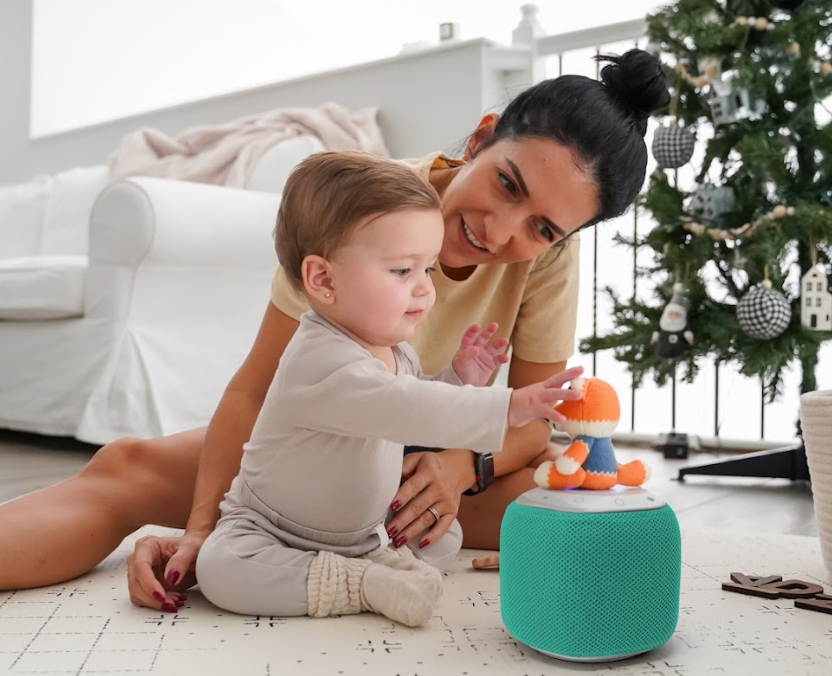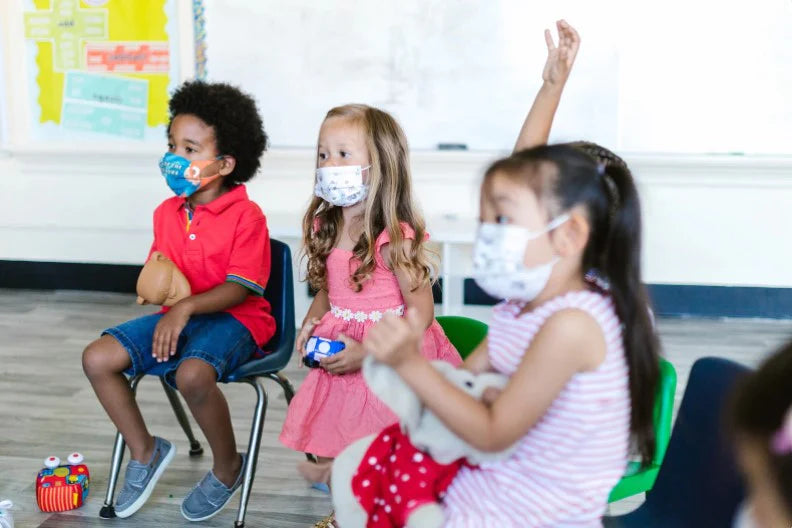Guided reading is an approach to storytime that promotes engagement and comprehension. It encourages thinking while listening and helps kids make stories more meaningful by making connections. While your child will be doing plenty of this when they start school, it’s great to set a foundation for comprehension early with some simple methods.
Do a Picture Walk
Before you begin reading a story, do a “picture walk” to get your child to think about what they may encounter in the book.
- Look at the cover of the book. Describe what’s going on in the picture. Say things like, “I wonder what this character is going to do?” or “I see that there’s sand and water. Where do you think they are? Remember when we went to the beach?”
- Flip through the pages of the book and look at the illustrations. Point out the facial expressions of the characters and have your child identify the feelings. Ponder why the character might feel that way. Ask questions like, “Do you think someone made him sad?” Be sure to save the last few pages of the book as a surprise. You don’t want to spoil the story!
- Your picture walk should only last a few minutes. When you’re done, go back to the beginning and read the story. When you get to parts of the story you discussed, point it out. Say things like, “We were right! Someone did make that character sad!”
Make Predictions
Inferencing is a big part of reading comprehension and problem solving. As you read, pause at certain parts of the story and ask your child what they think will happen next.
- When you get to a part of the story where it makes sense, pause and ask your child, “What do you think will happen next?” or, “Do you think the Three Bears are going to be upset?”
- If your child can’t talk yet, just pause after each question and say, “Let’s see!” If they can say a few words, give them positive social reinforcement by enthusiastically expanding on what they’re saying. For example, if they say “bear” you can say, “That’s right, I think the bear is going to be mad!”
Make Connections
Connect things that you read or see to your child’s real life. Making connections and activating prior knowledge makes storytime especially engaging.
- As you read, look out for experiences that your child may be familiar with. Things like weather, locations, or feelings are easily relatable.
- Ask questions that inspire the connection. Some examples include, “Oh look it’s raining in our story! What do you wear when it’s raining? Is Mr. Bear wearing a raincoat, too?” It’s ok if your child can’t answer back quite yet. The point is to get them thinking.
- Make connections to other stories that your little one has heard before. Text to text connections are actually something your child will be doing throughout their academic journey.










